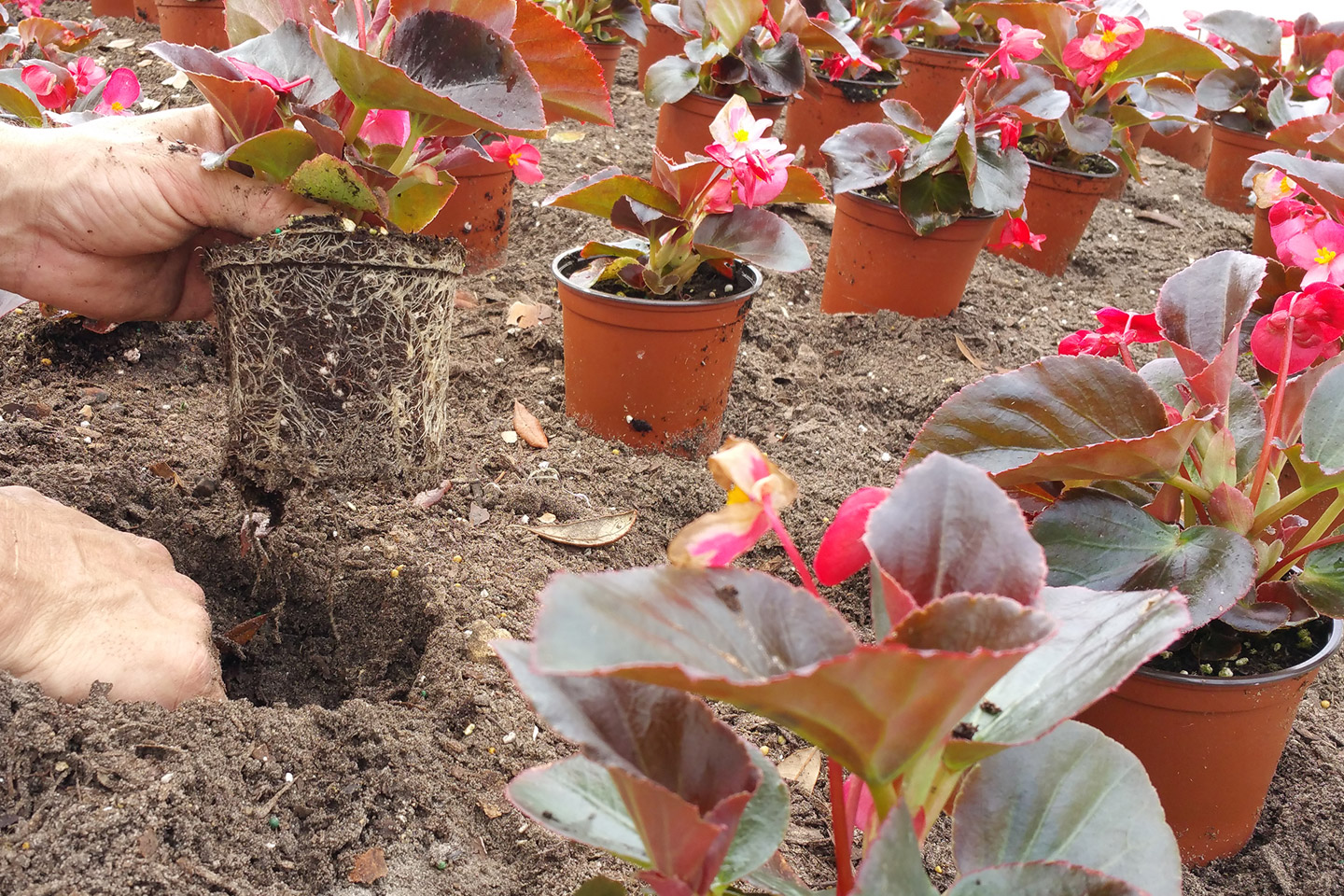The Imported Red Fire Ant, Signs to Watch For and Preventative Care Tips - Sit Down with CEPRA

Florida has two species of fire ants that are commonly found. The most notorious is the imported red fire ant. Around the 1930's, the imported red fire ant was accidentally brought into Mobile, Alabama. This pest is native to South America and is a well know and troublesome pest throughout the southeastern United States and Puerto Rico. Now, fire ants infest more than 325 million acres. One reason fire ants are such resilient and successful invaders is that they have little competition and no natural enemies.
Imported fire ants interfere with outdoor activities and will harm both people and animals. Fire ant mounds are unsightly in the landscape. Although fire ants do prey on flea larva, chinch bugs, cockroach eggs, ticks and other pests, the problems they cause outweigh any benefits in the landscape.
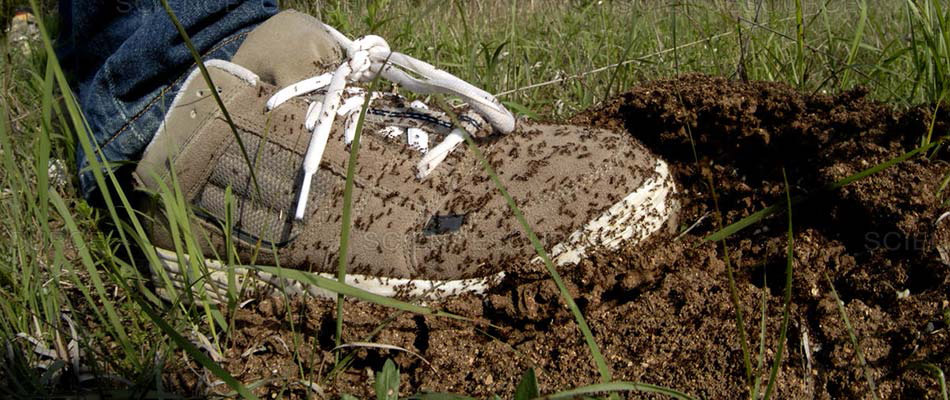
This invasive ant species is aggressive. Fire ant nests have several entrances and when disturbed, the ants will defensively swarm out to attack anything that bothers them. These ants can sting repeatedly.
The fire ant both bites and stings, and their painful burning stings result in pustules and intense itching. The effects of a fire ant sting can last up to 10 days and can even become infected. Additionally, some people have allergic reactions to fire ant stings, which can be severe.
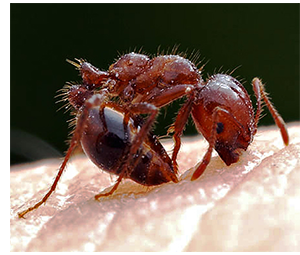 Red fire ants prefer open, sunny areas. Like all animals, they require water to survive and are often found in irrigated landscape locations, or are found near, run off ditches, ponds, lakes and other bodies of water. Fire ant nests usually take the form of large dirt mounds, but fire ants will also nest in rotting logs, around trees, under pavement and under buildings.
Red fire ants prefer open, sunny areas. Like all animals, they require water to survive and are often found in irrigated landscape locations, or are found near, run off ditches, ponds, lakes and other bodies of water. Fire ant nests usually take the form of large dirt mounds, but fire ants will also nest in rotting logs, around trees, under pavement and under buildings.
Fire ants will form both single queen and multi queen colonies. The main differences with multi queen colonies are:
- The mounds are closer together and more numerous per acre of land.
- The colonies have smaller and fewer workers present in the mound.
- The workers are not aggressive towards neighboring colonies.
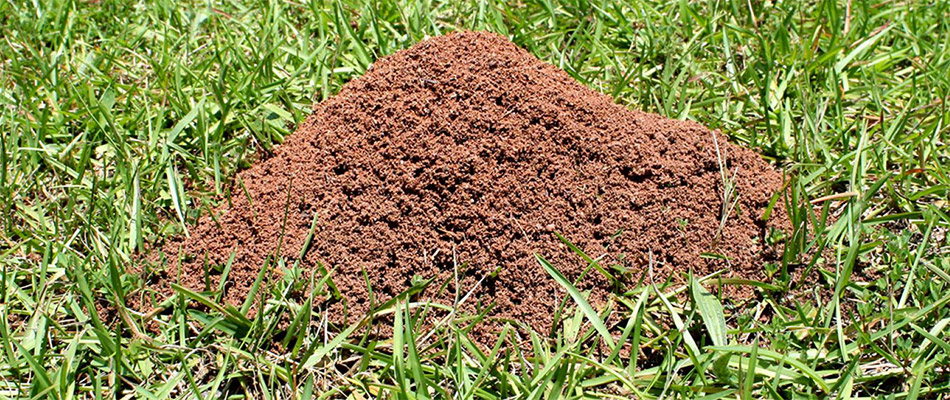
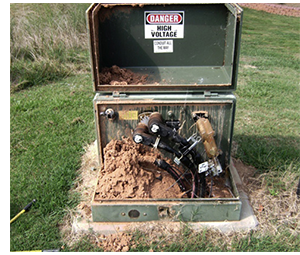 Fire ants also frequently infest electrical equipment. The ants chew on insulation, cause short circuits and interfere with switching mechanisms. Fire ants also will nest in the metal housings that surround electrical and utility equipment. The ants will move soil into these units, which can cause corrosion, electrical short circuits, and other mechanical problems. To prevent infestations, seal all sensitive electrical components.
Fire ants also frequently infest electrical equipment. The ants chew on insulation, cause short circuits and interfere with switching mechanisms. Fire ants also will nest in the metal housings that surround electrical and utility equipment. The ants will move soil into these units, which can cause corrosion, electrical short circuits, and other mechanical problems. To prevent infestations, seal all sensitive electrical components.
Fire ants are omnivorous. They eat carbohydrates, like fruits and vegetables, and proteins like insects and meat. This ant also feeds on grease and oils more than other ants which is why fire ant baits are oil based. Workers will forage for food more than 100 feet from the nest. This can occur at both day and night, generally when the temperatures are between 70 and 90 degrees.
To eliminate a fire ant colony, the queen must be killed, in multi queen colonies, all queens must be killed. Treatments for fire ant control are more effective on sunny, cool mornings when the majority of ants and brood are closer to the surface of the mound. When the queen is killed, the surviving ants may inhabit the mound or make a new mound until they die off.
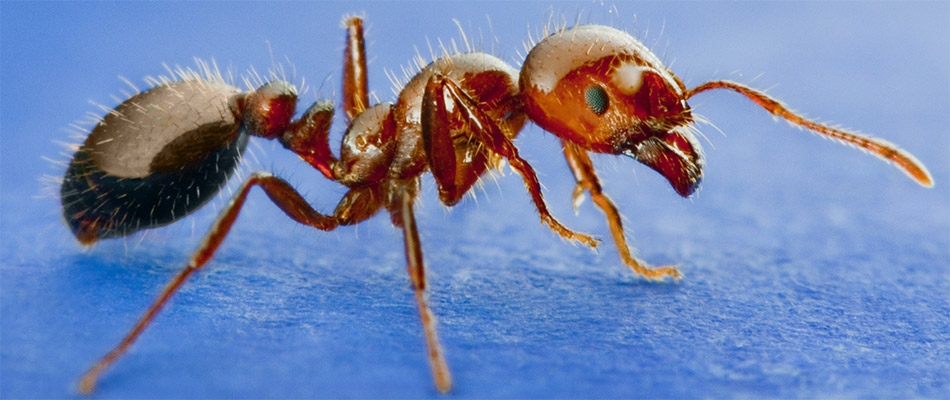
There are many methods of treating an individual mound:
- Mound Drenches: Large volumes of liquid toxic to the ants are poured over the mound.
- Surface Dusts: These are applied over the mound and are then watered into the soil.
- Mound Injections: These are pressurized insecticides that are injected into a mound.
- Baits: These are sprinkled around the mound where the ants forage. The ants then will bring the bait back to the colony to feed on. Baits can be used as a broadcast or individual mound treatment. Broadcast baiting can be used but will have counterproductive results because it also decreases the non-targeted native ant population in the landscape.
Typically, commercial applicators will treat specialty turf grasses, such as athletic fields, parks, and golf courses with a long-term residual contact insecticide treatment. These products work well to eliminate ant colonies for long term control but are expensive to apply.
No single fire ant control application will permanently eliminate ants from an area. When treatments come to an end the fire ants will quickly re-invade. Regardless, it is considered a worthwhile investment in areas with high foot traffic, as it offers a layer of protection to residents.
Conclusion
The imported red fire ant is a common nuisance in the landscape. It is important to know the signs of fire ant infestations and respond to them promptly. There are several methods of treating fire ant mounds, and while they require continued maintenance, they can be worthwhile investments to improve the comfort of residents in the community.
